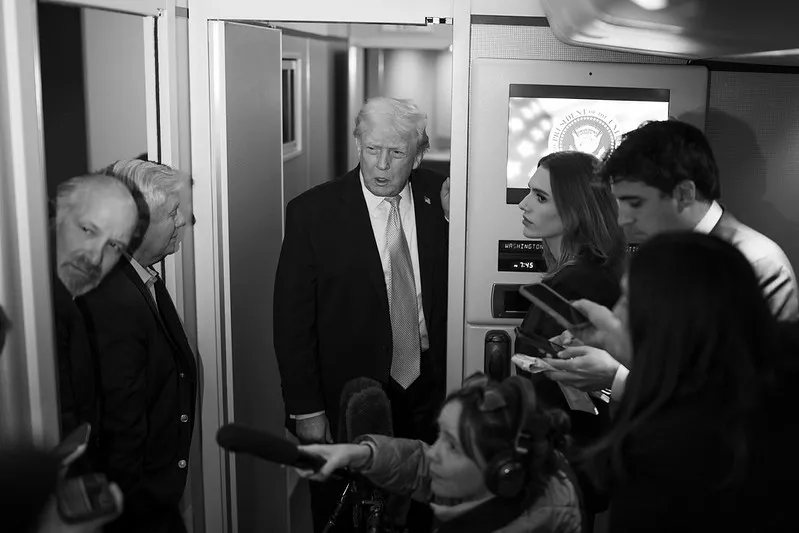NASA has announced that it has selected four small explorer missions to conduct concept studies for further exploration of the dynamics of the Sun, and how they affect space weather. This includes coronal mass ejections (CME), auroras and the solar wind.
“Any missions selected to move forward after the concept studies are conducted will join the current heliophysics mission fleet, which not only provides deeper insight into the mechanics of our universe, but also offers critical information to help protect astronauts, satellites, and communications signals, and helps enable space exploration,” NASA wrote on its website.
The concept studies are:
CINEMA: “The Cross-scale Investigation of Earth’s Magnetotail and Aurora (CINEMA) mission would work to understand the structure and evolution of Earth’s plasma sheet—a long sheet of denser space plasma in the magnetic fields flowing behind Earth, known as the magnetotail—using a constellation of nine CubeSats flown in sun-synchronous, low Earth orbit. The primary purpose of this mission is to study the role of plasma sheet structure, as well as how Earth’s magnetic fields transfer heat and change over time at multiple scales.
CMEx: “The Chromospheric Magnetism Explorer (CMEx) mission would attempt to understand the magnetic nature of solar eruptions and identify the magnetic sources of the solar wind. CMEx proposes to obtain the first continuous observations of the solar magnetic field in the chromosphere—the layer of the solar atmosphere directly above the photosphere or visible surface of the Sun.”
ECCCO: “The Extreme ultraviolet Coronal Mass Ejection and Coronal Connectivity Observatory (ECCCO) consists of a single spacecraft with two instruments, a wide-field extreme ultraviolet imager and a unique imaging EUV spectrograph. ECCCO’s observations would contribute to understanding the middle corona, the dynamics of eruptive events leaving the Sun, and the conditions that produce the outward streaming solar wind.”
MAAX: “The primary objective of the Magnetospheric Auroral Asymmetry Explorer (MAAX) mission would be to improve our understanding of how electrodynamic coupling between Earth’s magnetosphere and ionosphere regulates auroral energy flow.”
“These mission concept study selections provide so much promise to ongoing heliophysics research,” said Peg Luce, acting Heliophysics division director at NASA Headquarters. “The potential to gain new insights and answer longstanding questions in the field while building on the research and technology of our current and legacy missions is incredible.”
The heliophysics mission fleet includes the Solar Dynamics Observatory (SDO), the Solar and Heliospheric Observatory (SOHO), and the world-famous Parker Solar Probe—the first man-made technology to “touch” the Sun, among several other such missions.
NASA has also announced the “Heliophysics Big Year” from October 2023 to December 2024, in which it invites citizen-scientists to make observations of the Sun or solar phenomena and send them into NASA, to increase our knowledge and understanding of the Sun-Earth relationship.





